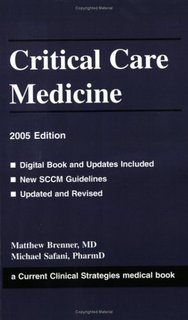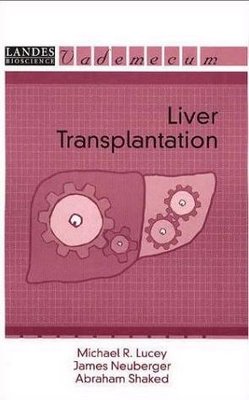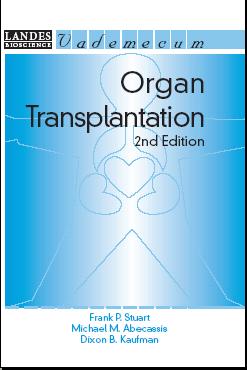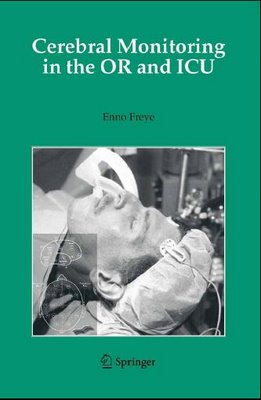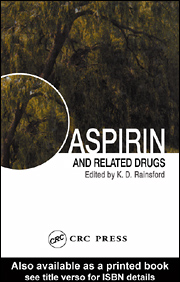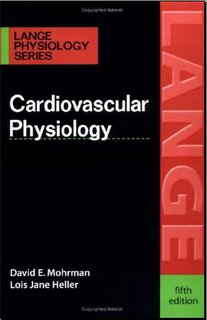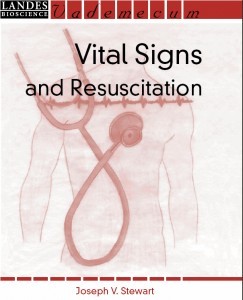Emergency Asthma (Clinical Allergy and Immunology)
Represents the first book focusing on the acute asthmatic in the emergency department. Provides a wide range of practical yet thorough, state-of-the-art perspectives on the evaluation and treatment of acute asthma. Features a unique collaboration among more than 45 authorities in emergency medicine, intensive care, pulmonology, pediatrics, allergy and immunology, and basic scientists.
This landmark work represents the first book focusing on the acute asthmatic in the emergency department. This superb reference provides a wide range of practical yet thorough, state of the art perspectives on the evaluation and treatment of acute asthma. It features a unique collaboration between authorities in emergency medicine, intensive care, pulmonology, pediatrics, allergy and immunology, and basic scientists. It is the one book that anybody who treats patients with acute asthma will reach for again and again. Including 37 chapters with contributions from over 45 prominent experts who actively care for asthmatic emergencies, Emergency Asthma · clarifies the definition and problems in diagnosis of acute asthma in the emergency department · evaluates various factors resulting in visits to hospital emergency departments · updates assessment of illness severity · includes newest and latest treatments, magnesium, ipratropium, heliox, ketamine · explains when and how to intubate the acute asthmatic · tells how to manage the refractory asthmatic: intubated but still not ventilated · thoroughly discusses asthma in children as well as adults · elucidates admission and discharge decisions · discusses the problems of relapse in the emergency department · investigates the epidemiology of acute asthma, especially in the inner city · describes special problems in acute asthma, such as out-of-hospital care and the pregnant asthmatic · covers the history of asthma · develops directions in asthma research · includes the results of the recent emergency department based Multi-Center Asthma Research Collaborations · and much more! With over 2600 references and over
200 tables, drawings, and photographs, Emergency Asthma will be welcomed by specialists in emergency medicine, critical care, pulmonology, allergy-immunology, family medicine, pediatrics, and internal medicine; residents in these respective fields; respiratory therapy; and medical and respiratory therapy students.
Book details:Author:Barry E. BrennerPublisher:Marcel Dekker Ltd Pages:615Size:32 MBFormat:PDFDownloadpassword:DrWael





















